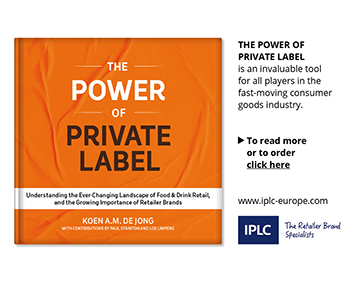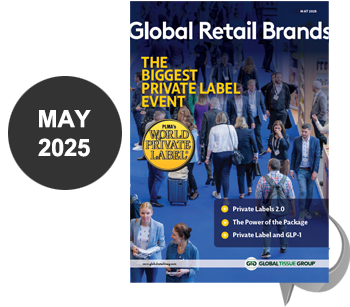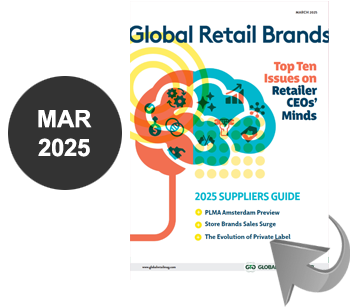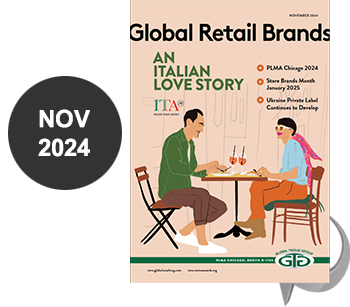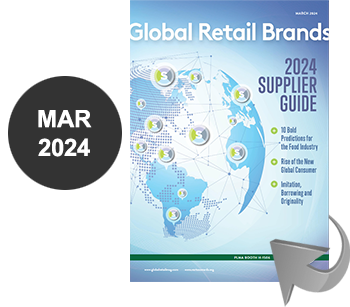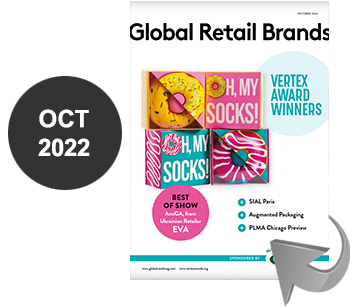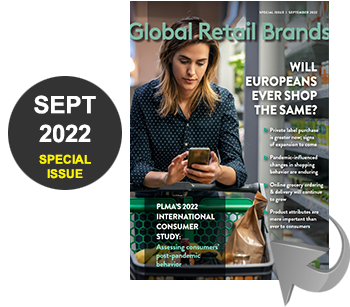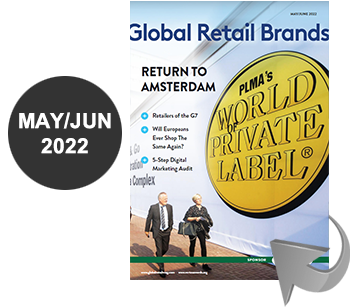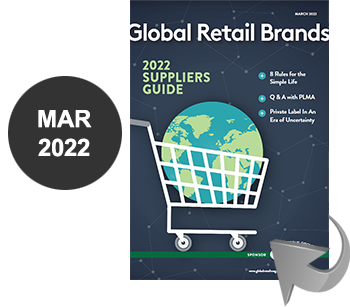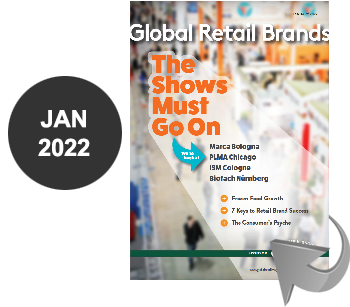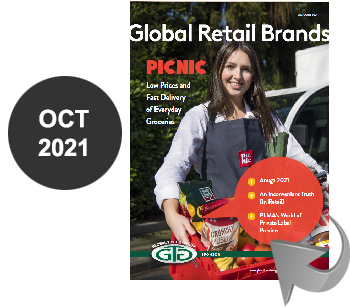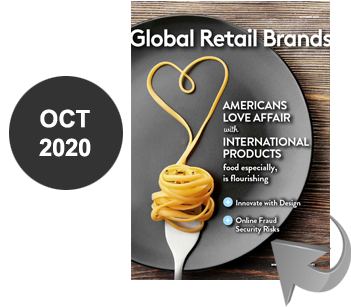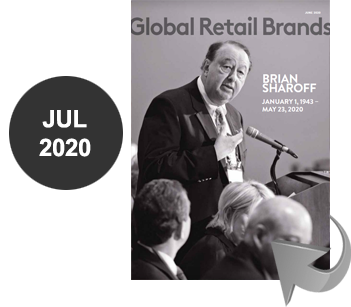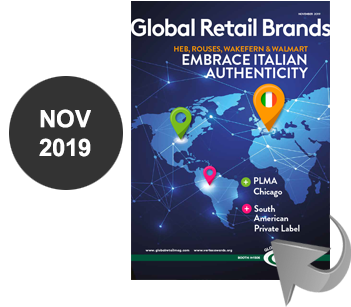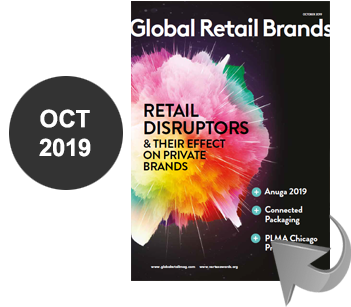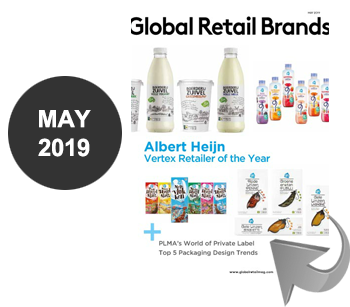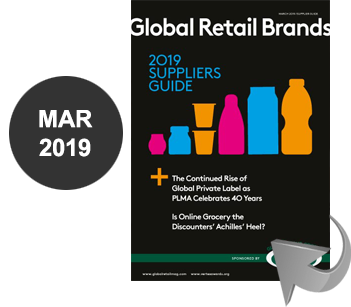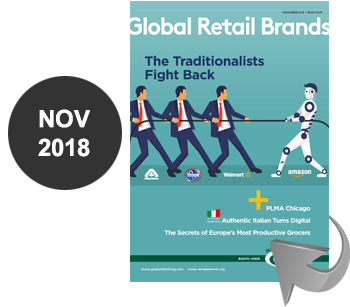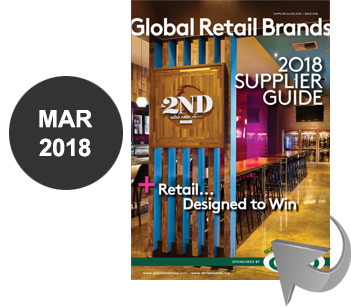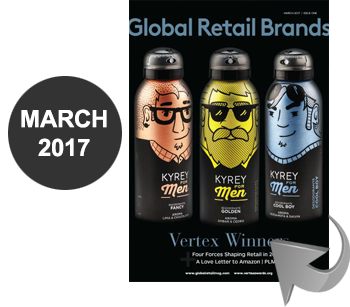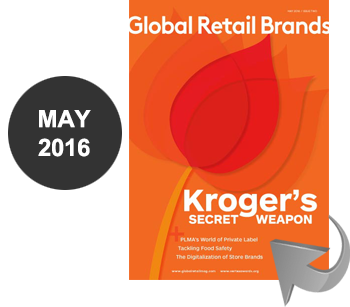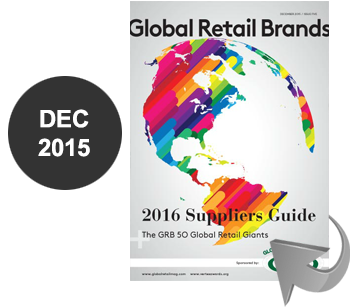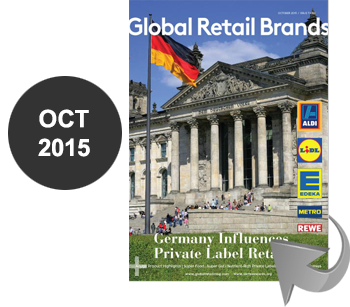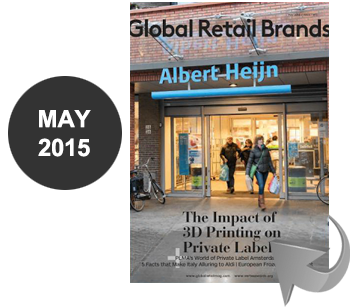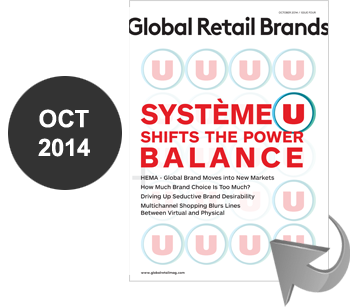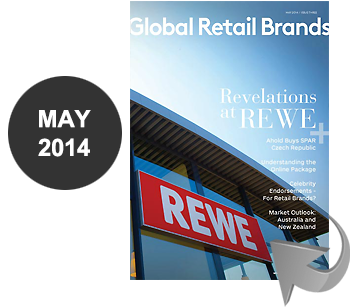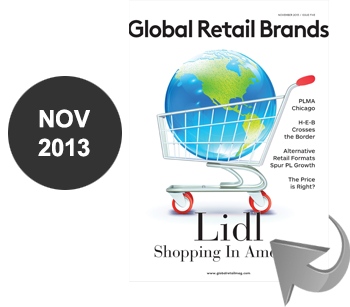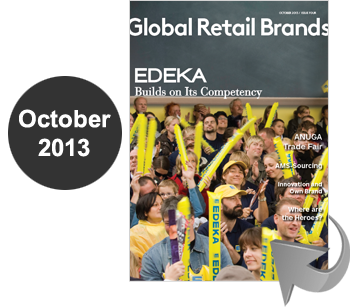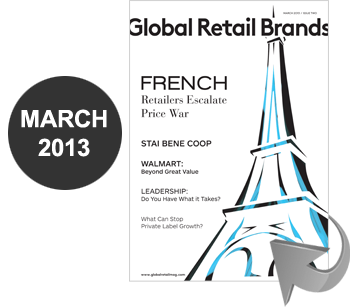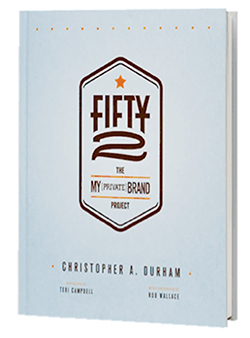 By / KIM JUSTEN
By / KIM JUSTEN
Private brand authority and consultant, Christopher Durham, author of the popular industry website, My Private Brand (mypbrand.com), is a regular contributor to Global Retail Brands.
His first book, Fifty2: The My Private Brand Project is about to hit the shelves in February. A combination of serious packaging eye candy (Teri Campbell is a genius with a camera), and perceptive view of the brands, their history, packaging and strategy, it’s a great read for anyone in private brand. I sat down with Durham recently to discuss his upcoming book and what he sees on the horizon for retailer owned brands.
GRB: You spent the last year working on Fifty2: The My Private Brand Project. What led to the creation of the book?
CD: The idea for the book came after a conversation with a retailer at a conference. He believed private label in America was all the same: simply a value play wrapped in bad design. I found the statement disturbing and realized it honestly wasn’t true. So I set out to create a year-long blog project and corresponding book celebrating the 52 best retailer-owned brands.
My goal for both the book and site (www.mypbrand.com) is to ultimately raise the bar for retailers and change the conversation about private labels to a conversation about Brands.
Working with photographer Teri Campbell of Teri Studios, we’ve created a book that presents these brands, their packaging and products in a unique and compelling way that rethinks not only traditional packaging photography but also traditional private label. It’s my hope this book will redefine not only the perception of private brand in America, but also its potential.
GRB: What points did you consider when choosing the brands?
CD: Over the course of the year I reviewed more than 650 brands from 150 different retailers. I searched for what I believe are the very best examples of retail owned brands.
Brands that bring their positioning and business objectives to life through great design, purpose, lifestyle and innovation. I selected brands that are the original or best in class examples. Publix mid tier eponymous private brand is the epitome of a white-based mainstream design that fully reinforces the retailers overarching positioning – this excluded many brands that were either copycats or remarkably similar.
GRB: It would be easy to focus on the negative, the brands that aren’t doing anything right, yet you didn’t. Why not call all the worst Private Brand offenders out?
CD: It would certainly be easy to write a book about the preponderance of “old school” private labels with forgettable naming, bad design and strategies dependent on merchandising tactics, not consumer need. Most retailers in the U.S. continue to manage private brand portfolios that perpetuate generic, undifferentiated private label strategy.
However, after writing My Private Brand for the last five years, and working for, and with, some of the U.S.’ largest retailers, I know Private Brands done well are game changers — Craftsman at Sears, Tul at Officemax and Greenwise at Publix are just a few of the brands that have become assets for their respective retailers.
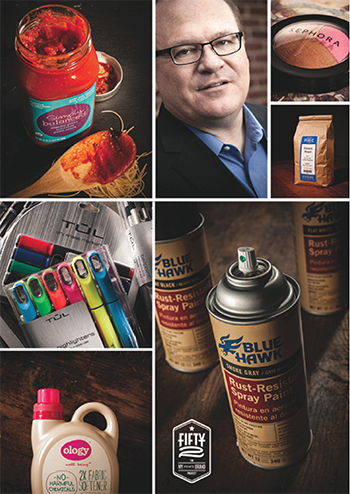 GRB: At the end of the day, which brand is your favorite?
GRB: At the end of the day, which brand is your favorite?
CD: That’s a tough question. Can I pick two?
Bi-Rite Public Label from the small San Francisco-based grocer Bi-Rite Market. Their commitment to customer service and food is the driving force behind the private brand. With tongue firmly in cheek, they embraced the bad clichés of private label and created a brand with an ironic name. They’ve imbued it with a sense of purpose and brand positioning that redefines what a private brand can be by sharing where the food is from, who produced it and how it was made.
The retro-inspired brand design is restrained and uncluttered, creating a visual voice that reinforces the uniqueness of the brand and its products. Many of the products are made with produce from local farms, with recipes created in the market’s kitchen, some products are also made right there. It is everything a retailerowned brand should be.
The second is Blue Hawk. It’s a confident and authentic brand that exudes classic home improvement. The more than 1,700 products include handmade paint brushes with the iconic hawk stamped on the metal ferrule, classic leather work gloves, ropes and chains that epitomize the Brand’s strength, and hand and power tools that simply get the job done. The heroic and assertive brand design confidently defines a brand voice that combines a masculine aesthetic with utilitarian functionality.
GRB: Who do you think we should keep an eye on in 2014?
CD: I expect to see exciting changes from Tesco, Target, Kroger and Ace Hardware in 2014, as well as an across the board evolution of many of the major retail players’ private brand portfolios. Look for significant redesigns and repositionings of a number of the natural and organic brands as well as a continued expansion of premium and specialty brands
GRB: The book is based on a year-long blog project, will you be continuing the project in 2014?
CD: No, but Phil Russo of Global Retail Brands Magazine and I are excited to be producing the first of its kind international retail brand design competition, the Vertex Awards. Winners will be announced in March and we will be publishing a corresponding book celebrating the winners in the summer of 2014.
GRB: What are you looking forward to professionally this year?
CD: In February, I’m joining the brand consultancy and retail marketing agency, Theory House (www. theoryhouse.com ), as Vice President of Retail Brands. It’s a great opportunity to combine the insights, trends and thought leadership that I created at My Private Brand with a worldclass agency. Together we’ll help retailers develop and grow their most underutilized assets — their private brand portfolio.
GRB: You recently wrote an in-depth report on Walmart’s private brand portfolio. Do you have another report in the works?
CD: In 2014 you can expect to see a lot of new and exciting things from both My Private Brand and Theory House. In the spring we’ll release a first of its kind report on Private Brands. It’s a large-scale quantitative study on natural and organic private brands owned by America’s largest retailers. Among other things, we’ll measure top of mind awareness, purchase intent, recognition, affinity and connectivity with the retail brand owner.
To purchase Christopher’s book Fifty2: The My Private Brand Project, go to mypbrand.com/mpb-intelli-store/.

